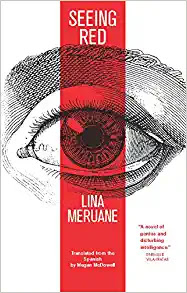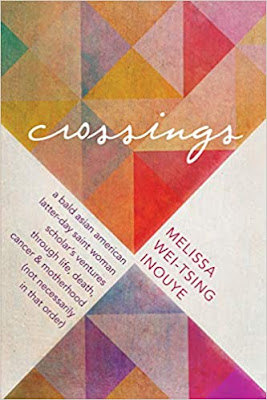The Golden Bough Readalong, Part the Eighth

Wow, this is taking a long time! We're almost to the end of summer and I am on track with my reading, which means it's going to take, I think, another three months. Still, I think this is the best way for me to be reading it; three chapters a reasonably easy weekly assignment to fulfill and I would probably give up in despair if I tried to read it all at once. Since I fell behind on the notes, I decided to just take two weeks off, and I'm going to start back up now. Boy these sections had a lot of examples. This is all about popular folk-customs of the harvest (now mostly gone), and obviously those customs varied slightly according to the region. XLVI. The Corn-Mother in Many Lands. The Corn-Mother in America: Native American customs around maize (short). The Rice-Mother in the East Indies: So many examples of customs around rice. The Spirit of the Corn Embodied in Human Beings: That last ceremonial reaper is often considered to be the corn-spirit at that moment.















